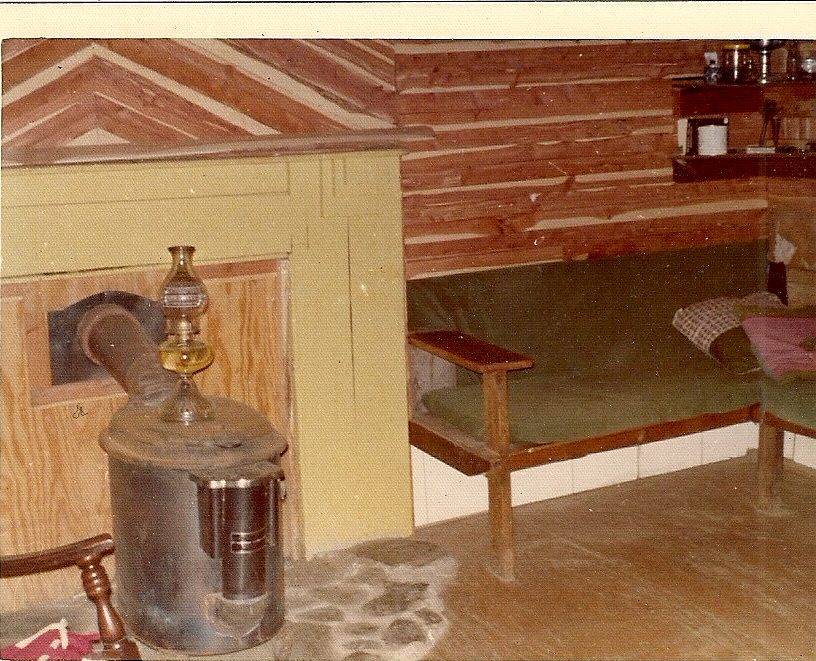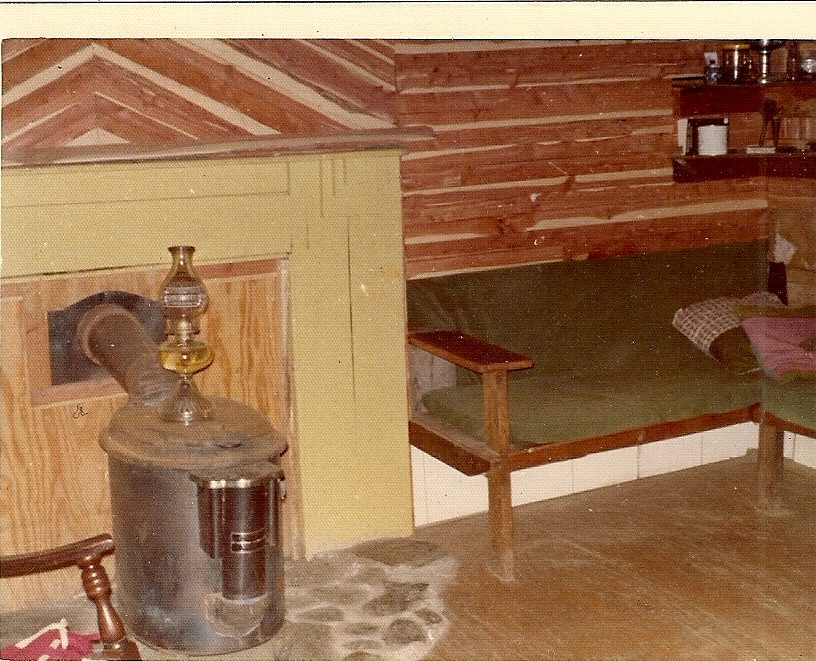
Heating with wood is about as old a technology as you can get and it still works. I think that primitiveness is part of its appeal. I have been using wood heat for my homes since the 70’s. My first stove was state of the art for the time, an Ashely that had a thermostat to automatically open and close the air intake to keep the fire burning at your desired intensity. It sort of worked though on shut down mode it smoked pretty bad and our turn of the century log cabin was so leaky that even though it was only about 500 square feet with it burning wide open we would have to circle the chairs close by to be comfortable on a cold day in middle Tennessee.
Both our houses and our wood stoves have gotten a lot better and now we have both passive solar and solar hot water assisted radiant floors to deal with a lot of the heating. We end up burning about a rick or ½ cord of wood per winter.
One of the main considerations is how is the wood harvested. Is it sustainably harvested? I have always thought that wood that is sustainably harvested and burned instead of left to compost will be about a neutral in terms of its carbon contribution to the atmosphere. There is some evidence that the same wood left to rot will sequester some carbon as it breaks down and becomes food for new plants. “It is a misconception that burning wood is carbon neutral. Some argue that the carbon dioxide released when a tree is burned is equal to that released during decomposition. However, this ignores the time scale: the carbon sequestered in a growing tree is released into the atmosphere in a matter of minutes when it burns. In contrast, it can take over a century to release that carbon if the tree is allowed to decay naturally. The difference in timescale is critical—to reduce greenhouse gases and slow climate disruption, greenhouse-gas levels must be curbed as quickly as possible.” https://bit.ly/1Ft5I1G
On the other hand in some situations harvesting dead wood from forests can lessen the severity of forest fires.
The problem with even sustainably harvested wood is that it is still a pollutant when burned. Some towns and cities are regulating wood smoke during certain times when it contributes significantly to particulate emissions. In New Hampshire computer models link wood smoke in winter to 80% of particulate emmisions. According to their fact sheet “The smoke produced from wood stoves and fireplaces contains over 100 different chemical compounds, many of which are harmful and potentially carcinogenic. Wood smoke pollutants include fine particulates, nitrogen oxides, sulfur oxides, carbon monoxide, volatile organic compounds, dioxins, and furans. Breathing air containing wood smoke can cause a number of serious respiratory and cardiovascular health problems. “ https://1.usa.gov/1Gtsg6F
In the Bay Area of California they are banning most wood burning stoves and their studies find “ Wood smoke accounts for about 39 percent of the fine particulates in low-lying air in the Bay Area on cold winter days, ” and District officials and scientists say the ultrafine particles from smoke that lodge deep in the lungs can trigger asthma and bronchitis attacks and increase the risk of strokes and heart attacks.” https://bit.ly/1ia6kSm
There seems to be a clear link to wood burning pollutants in densely populated areas and health impacts. Carefully harvested and cleanly burned wood in the latest wood stoves in the country is less clear. It is a renewable resource that has a smaller carbon footprint than coal sourced electricity and Petroleum products like oil but it is worse than solar powered heat. What about biodiesel or propane?
It is hard for me to give up on my wood heat but with the new information coming in and the increasing population in my neck of the woods I have to look at it more carefully.
Meanwhile it seems clear to;
Use sustainably harvested wood
Use a EPA certified wood stove after 1992
Burn hot fires as much as possible for less smoke
Here is a chart of best species of wood https://bit.ly/IrPtJz
boone guyton


